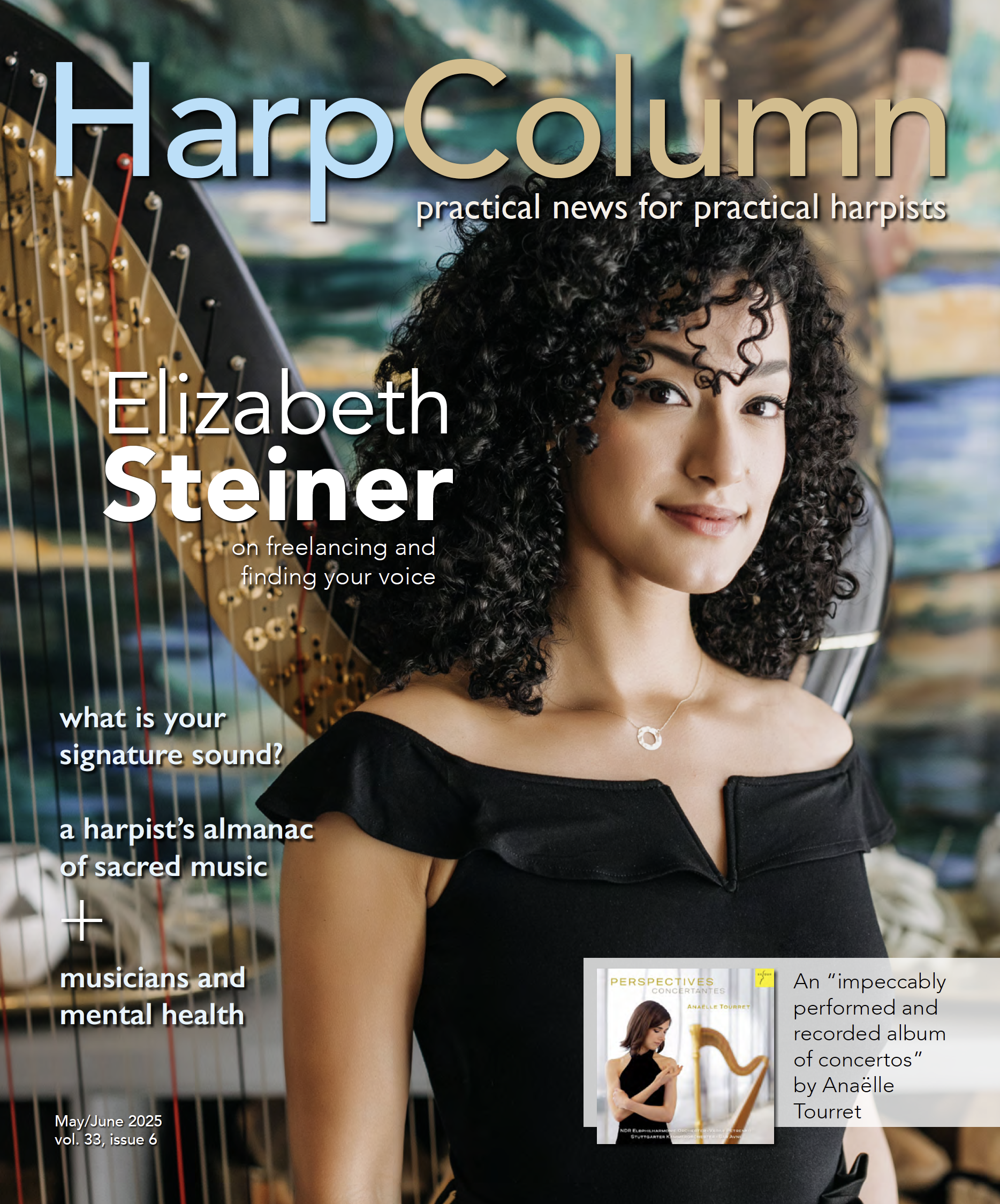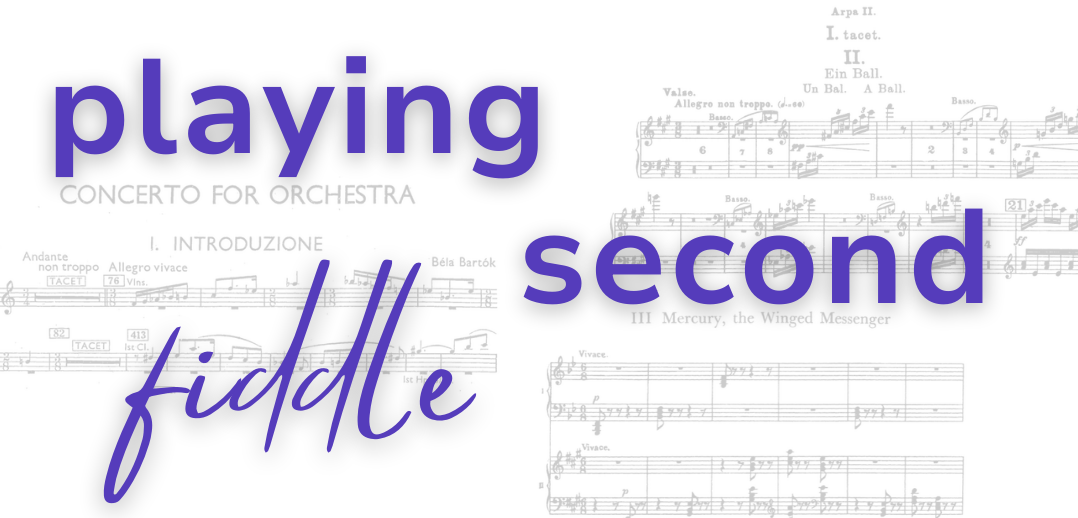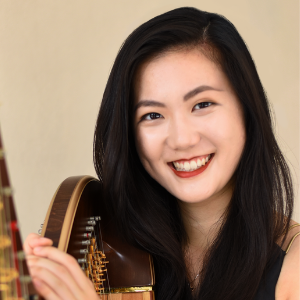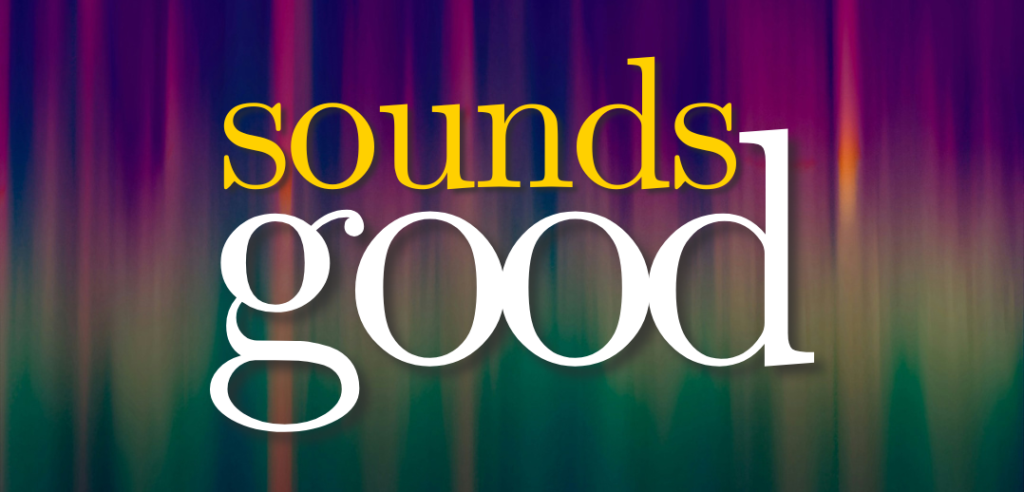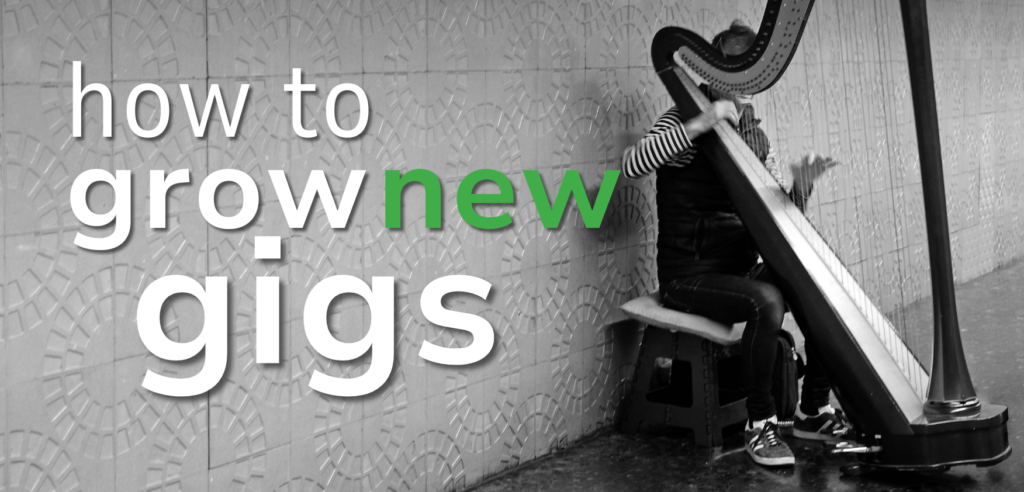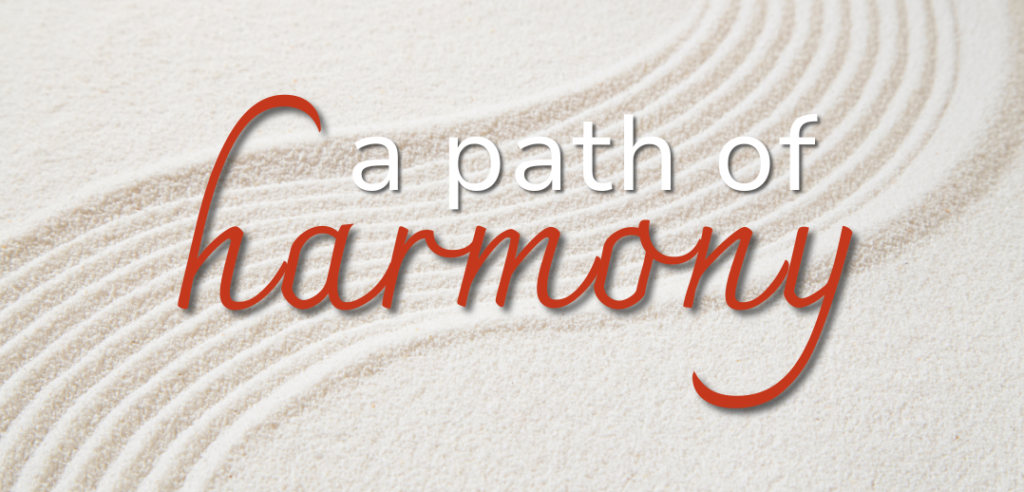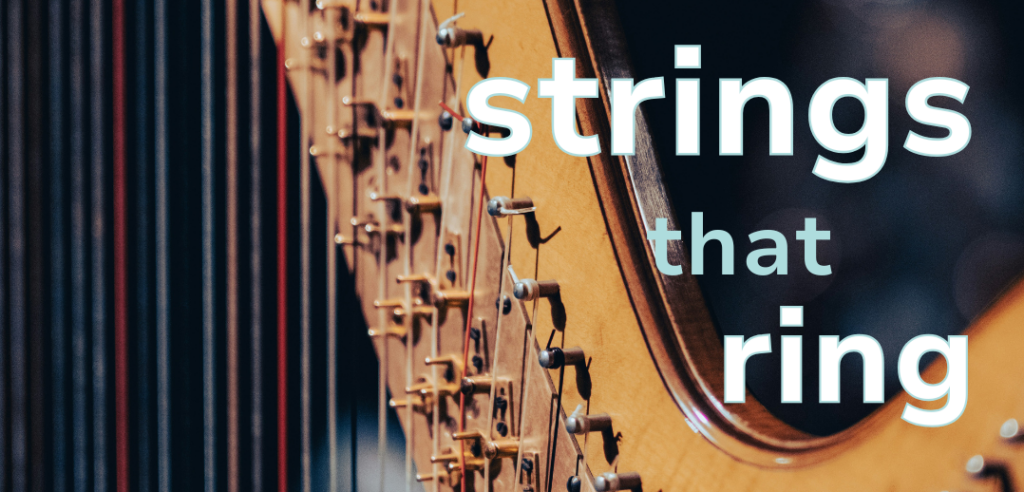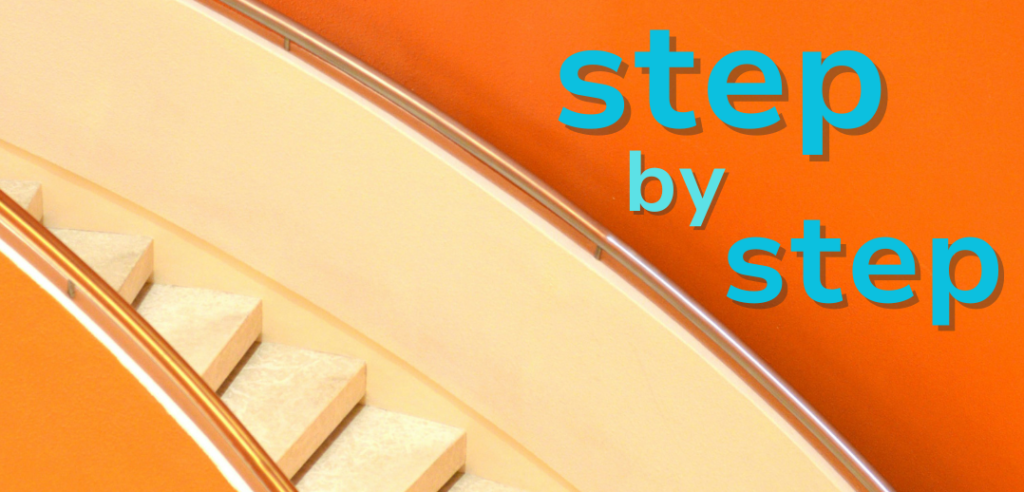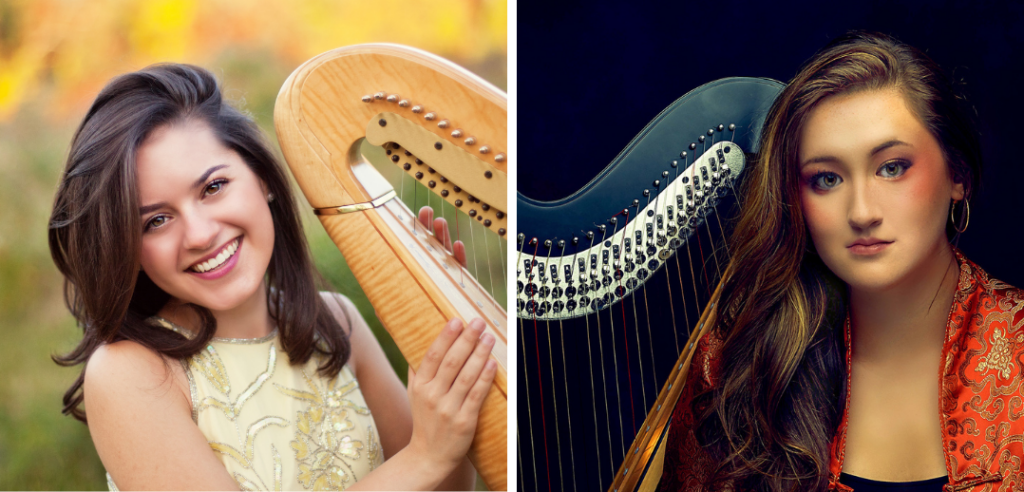
Find out the real life subtleties and struggles of playing Harp 2 from Helen Liu Gerhold (right) and Krysten Keches (left) in I Second That.
‘Tis my season to play Harp 2! For whatever reason, I have been engaged in more services of two harps this year than in others. Freelancing in Boston has given me opportunities to play with the principal harpists of the Boston Symphony, Portland Symphony, New Bedford Symphony, and many other groups in the New England area. It’s a joy for me when there is more than one harp needed, because we finally have a section. Whether due to my harp ensemble training or my love for playing with others, playing together with another harpist is often more fun.
Admittedly, there are also times when having a section member only makes life more challenging. Ensuring togetherness, matching of sounds, and general etiquette comes into play. Being Harp 2 is not only about playing together with Harp 1. It is a supportive role to help the section and principal shine, to enhance the music, and, in all honesty, to not be a burden. In some ways, being a good Harp 2 can be more challenging than being the principal harpist, and it requires additional skills that I’ve had to learn quickly on the job. My recent experiences have brought in new understandings to this role, and I’ve come to realize that a good harp section can be hard to come by. Playing second fiddle isn’t a less-important part—it just requires some specific skills that we rarely emphasize in our training.
Learn the part well
Like any harp piece or part, it’s not enough to only know the notes. Being familiar with cues, dynamics, and tempo fluctuations are equally important. With multiple harp parts, I find it helpful to identify when parts are doubled, dovetailed, or solo, as these affect my musical decisions. I also mark into my part when the other harpist plays. My goal before the first rehearsal is to know the music extremely well, perhaps even better than the principal harpist, so that I am able to consider other aspects without fumbling about my notes. Then, I can be ready to adapt quickly to the principal harpist’s sounds and muffles or anticipate how the principal is rolling the chords. Knowing the parts well also shows the principal that I can be relied on to play when I need to, instead of being a liability who miscounts bars.
Be a unified section
I may disagree with the principal, but rejecting their choices and choosing to play it my way would not help the music in any way.
After learning the notes, the cues, and counting all the right bars, you might imagine that playing together would be the most straightforward part of the job. Simply look at the conductor or just listen to the orchestra! After all, that would be how I’d play in any orchestra gig. Yet, I have come to realize that many other non-musical elements challenge this simple notion. Having played in various professional orchestras, in multiple concert venues, and with different principal harpists, every experience proves different. Learning how a group reacts to different conductors’ beat patterns takes experience and a deeper understanding of the group’s timing and musicality. Understanding how sound travels in a performance hall also takes plenty of tries and adjustments. Being a freelance harpist who is constantly playing with a new group, adapting quickly is key to playing well with the orchestra. An additional guideline that I use when playing Harp 2, especially with a new group or principal, is to always stick with the Harp 1 and strive to be a unified harp section.
Typically, the principal understands the group, the venue, and the conductor much better than I do as a substitute harpist. They have more experience playing in that group or space than I do. For tutti sections or entrances, I often look over to the principal harp to ensure that we breathe and pluck together. I trust the principal to follow the conductor, and I, in turn, look and listen to the principal. I stick with the principal harpist’s tempos for fast moving passages. I count, anticipate, and look towards the principal for musical direction.
That being said, it takes some time to learn each principal’s tendencies. Some might cue by breathing or by sliding their hands up and down the strings. Some, in fact, do not cue. Some roll chords or take rubatos very differently than I would, and some have little tells in their fingers right before they articulate. There is something to be said for playing with the same principal again and again, as you begin to understand the musical timing and nuances of how they play. While it does happen that the principal is not exactly with the conductor, ensuring that I am always with the principal harpist means that we will sound like a unified harp section. At least no popcorn sound effects are coming from us!
Open your eyes, ears, and heart
The biggest challenge of playing Harp 2 I have found so far has been developing an acute awareness of what Harp 1 is doing. Whenever I play alone in an orchestra, I am able to choose how to play a passage to suit the group. Playing with a principal harpist, however, means that I have to be more aware of whatever they might be doing and to follow their musical choices. I am mindful of when the principal chooses to muffle their strings, how quickly they might roll their chords, or when they choose to articulate. It would be bizarre if I ended my rolled chords much slower than the principal or if I chose to muffle my strings when the principal decided to let them ring. My eyes and ears constantly remain open. Music, being organic sound, evolves constantly and remains subject to the principal’s and the group’s playing that day. Being alert helps me to adapt swiftly and adjust to whatever happens.
Additionally, I find it important to play with my heart open and receptive to any musical decisions or changes. As Harp 2, I do not get to make most of these decisions, and sometimes I do not agree with what the principal chooses to do. It is possible to ask if you feel strongly about how a particular passage should be played, and I’ve found that most principals consider my opinions carefully before making their final decision. However, knowing that I am no longer in charge and approaching this role with openness helps me to be a better section member. I may disagree with the principal, but rejecting their choices and choosing to play it my way would not help the music in any way. Instead, being mindful and supporting the principal’s choices only helps to make the section shine better and enhance the music further. (Read “I Second That” on the facing page with Helen Liu Gerhold for her thoughts on how to support the principal harpist’s vision.)
Match your sounds
In many orchestral works, the reason for writing two separate harp parts is because a single harp or harpist is unable to play every single note the composer desires. Consider “Mercury” from Holst’s The Planets—the harps are in completely different pedal settings, handing the harp line back and forth throughout the movement. This type of dovetailing requires both harpists to have matching sounds, as the objective is to sound like one big harp. It is certainly helpful when harps are of the same make and model, but you still have to listen constantly and adjust to the principal’s volume and tone.
For doubled harp parts like Janáček’s Sinfonietta or Smetana’s Vyšehrad, I am conscious to play at a volume that is equal to or under the principal harpist’s, as my doubling functions as a supportive role, not a soloistic one. Of course if you get a solo like in the first movement of Bartok’s Concerto for Orchestra, you should undoubtedly play out since it is the Harp 2’s time to shine!
Knowing when to double or fall out for doubled parts also takes discernment and a good understanding of the music. In an ideal world, harpists sound completely together. However, popcorn sound effects are always possible with any doubled part. Accepting that the second harp does not have to play every note is often overlooked. For moments of slow harmonics like in Shostakovich’s Fifth Symphony, it seems prudent to have only the principal play. I would often ask the principal what they prefer if I believe falling out allows for the music to sound better. There is no shame in not doubling every note.
Another aspect that affects sound is the choice of fingering, and as a second harpist, I have to carefully consider the principal’s fingering choices. We want every finger to have the same tone and volume, but we also know that thumbs are notorious for sticking out. Even turning at a different point of a scale might cause a particular note to stick out more than another. Just imagine different accents popping off in the descending scale of Berlioz’s “Un Bal!” Additionally, every harpist’s individual fingers have differences in strength and tone. I have to determine if matching the fingering would not only work for me but also support the principal’s sound and be beneficial to the music. Understanding what role my part entails at every point of the music allows me to choose the most appropriate way to play.
Seating positions
Whenever there is more than one harp involved, something to take into consideration is the seating position. Seating differs per orchestra and largely depends on which side of the stage the harpists are placed. Harp 2 is most ideally on the right side of the principal where it is undoubtedly easier to watch and listen to the principal. However, playing to the left of the principal harpist is not uncommon and presents a small challenge in itself. Looking at the conductor, through the strings, and at your score is a skill to be mastered, and listening to Harp 1 requires a sharp ear. If I am on the left and playing together proves difficult, I sometimes request to switch sides. I’ve noticed that principal harpists are generally happy to do so.
Rewritten parts
With orchestra parts, harpists are sometimes presented with finicky sections that warrant a rewrite. Some that are most commonly rewritten Harp 2 parts include the fifth movement of Bartok’s Concerto for Orchestra and the ending of the second movement of Berlioz’s Symphonie Fantastique. The rewrite in Bartok alters the distribution of notes to create an easier part to play, whereas the Berlioz rewrite creates more security for both harpists in the repeated chords. When faced with these pieces, I’d always reach out to the other harpist before the first rehearsal to discuss which part we should use. Often, I have found most harpists willing to use rewritten parts, but occasionally have had rejections. It never hurts to ask, but we discussed early, a second harpist should defer to whatever the principal decides. If original parts are used, then I cross my fingers and begin working on my Bartok off beats. (Read “I Second That” on the facing page with Krysten Keches about how she practices this part.)
Etiquette
Being a good harp section member does not only encompass playing the parts well together. Often, we overlook the social aspect of working together as a team. It is important to build a good rapport with each other, while maintaining a delicate balance of professionalism and friendliness. Some principals are extremely chatty, while some prefer to keep things more professional. I find it best to go with the flow of the other harpist, and whether I play Harp 1 or Harp 2, I am mindful to always remain professional and respectful.
As Harp 2, I have also noticed varying ways in which principals correct my playing. Some are extremely hands-on and give comments on everything. Others take a hands-off approach, expecting that their Harp 2 corrects mistakes and adjusts accordingly. Both present different situations to navigate. With the first, I would correct as much as I can and continue to show that I am listening to these comments. Certainly, there will be instances where the principal harpist is exceptionally nitpicky, which honestly requires some thick skin and professionalism to navigate.
With the latter, I find that asking a single question helps to open the floor—“Is there anything you’d like me to do differently?” This allows the principal harpist the opportunity to give a comment if they wish to. At the same time, I find it shows willingness to change and an awareness of the second harp’s supportive role. I’ve learned not to be afraid to ask questions or for feedback if I am unsure, since any uncertainty would only come through in my playing. It is more useful to clarify doubts and make better music together. It is also important that the principal harpist trusts me to play well.
Tuning
With regards to tuning, there seems to be varying views for this alone. You should always confirm the tuning Hertz when playing with any orchestra for the first time (e.g. A=440Hz). Additionally, I have known harpists who consistently tune sharper than the orchestra’s pitch, as often the string sections go sharp over the course of a concert. This should always be confirmed with the principal at the first rehearsal.
Should you tune the principal’s harp? I’ve always preferred to tune only my harp, and, typically, I avoid touching another musician’s instrument. Nevertheless, I have heard stories of second harpists who do tune on the principal’s behalf, whether by choice or by request. Unless explicitly asked to, I personally choose not to handle the principal’s harp.
In my experience, harpists do not mind tuning together as long as everyone has a pickup for their tuner. On the other hand, I have known of harpists who purposefully tune earlier so that they can be out of the way when the principal arrives. It seems that etiquette for tuning differs from harpist to harpist and is dependent on each individual’s preferences. I do believe that if anything becomes an issue, the principal will bring it up at some point. Regardless, if you are unsure, it never hurts to ask the principal, “Do you mind if I tune?”
Visual aesthetic
Does it matter if the harps are pulled back together for entrances? In the past, some principals have expressed for me to do so while others simply do not care. In many performances I’ve watched, I’ve noticed that it is not something that all harp sections do. Although it is largely dependent on the writing of the parts and does little to affect the overall music, I like to be mindful to do so. To me, it affects the visual experience for the audience. Pulling back the harps together also signals to the principal harpist that Harp 2 is right with you and ready to play. It further establishes the idea of being a unified section, not just musically but also visually.
Tough situations to navigate
Despite doing everything you can to be a solid, supportive Harp 2 who is friendly, respectful, and plays well, sticky situations can still arise. Hopefully, the principal is easy to work with, open to suggestions, accepting of mistakes, and performs their part well. Unfortunately, it does happen where the principal harpist is not as technically skilled as you expected, especially in the freelancing scene. Everyone makes mistakes or has an off day, even at the highest level orchestras, and it is easy to judge when someone makes a huge buzz or makes an error in counting.
As Harp 2, I’ve occasionally had to make split-second decisions on how to react when the principal has a problem. Errors in entrances or unstable tempi can throw anyone off, and I have to remain steadfast in my counting and tempo. Additionally, I have to determine quickly if I should stay with the Harp 1, the ensemble, or the conductor.
Once in a while, you meet principal harp players with a soft sound, and it becomes challenging to play within that sound for tutti sections. Whether I should play out more for doubled parts or to keep playing under the principal becomes challenging to consider. All these decisions differ depending on each situation, and it takes experience to truly figure it out. I find that prioritizing what is best for the music works best when making these tough decisions.
It is tricky to balance respect for your colleagues with pointing out mistakes or simply doing the best you can in any situation. Playing Harp 2 has helped me develop a thicker skin and empathy for the harpist I’m playing with. Each harp section has a unique dynamic, and every situation is different and requires a nuanced approach from the second harp. Whatever happens, there is no reason to be disrespectful or unprofessional. As good as you might be, there is always something to learn when playing with another harpist.
Conclusion
Knowing all these Harp 2 tips and thoughts are important, but nothing can substitute for the experience and time it takes to become a good second harpist. Playing frequently with the same principal affects the working dynamic, as it creates rapport and mutual understanding. Constantly juggling where to look or what to listen to comes with experience, and staying alert while adapting quickly to Harp 1’s playing also takes practice. My Harp 2 skills will only deepen with more experience.
Having been put in a principal position where my harp section member became more of a burden than a support, I strive more than ever to be a help, not a hindrance. There have been times when my section member did not listen to me, did not want to play with me, or did not bother to correct mistakes. I understand how frustrating it can be and always aim to be a supportive and respectful Harp 2.
At this point of my Harp 2 journey, my goal is to show the principal that I can be relied upon and am there to help the section shine. I find it a privilege to play alongside another harpist, and I do what I can to support the principal’s musical decisions. Ultimately, I believe that it is for the betterment of the music, the benefit of the section, and not for the glory of a single harpist. •




